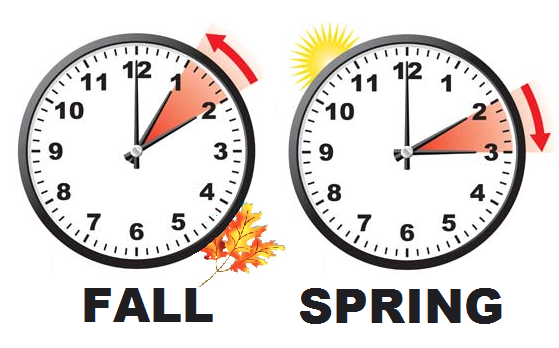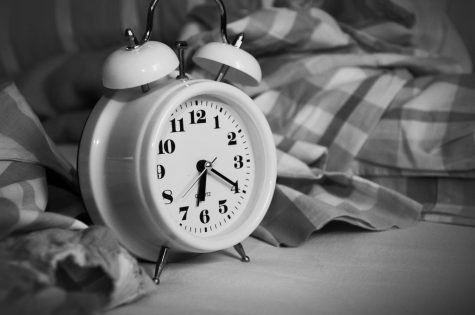Springing Forward

March 14, 2018
This past Sunday, the residents of Tenafly set their clocks forward for Daylight Savings Time. According to timeanddate.com, “Daylight Savings Time (DST) is the practice of setting the clocks forward one hour from standard time during the summer months, and back again in the fall, in order to make better use of natural daylight.” Back in the beginning of November, you might remember turning your clocks one hour backwards, gaining one more hour of sleep. Last Sunday, most clocks in the U.S. were turned one hour forward and one hour of sleep was lost.
Different parts of the world have different standards on daylight savings. Countries in the Northern Hemisphere start Daylight Savings Time in March to April and end in September to November. Countries in the Southern Hemisphere start DST in September to November and end in March to April. Not all countries, or even states, participate in DST. Except the Navajo Nation in Arizona, most of the state does not use DST. Hawaii, China, Japan, and India are other places that do not observe Daylight Savings Time.
So, what is the point of losing or gaining an hour of sleep? As the name says, most people use Daylight Savings Time to make better use of natural sunlight. According to livescience.com, by moving clocks forward, people could take advantage of the extra evening daylight rather than wasting energy on lighting. Benjamin Franklin was the man who came up with the idea of resetting the clocks in the summer time to conserve energy. When the Earth moves from winter to summer, the days start to get longer. The longest day of the year is on the summer solstice when the Earth’s top half is tilted towards the sun. The most noticeable difference in sunlight as the seasons change is in the areas closer to the poles and farthest from the equator. Daylight Savings Time is most useful in these places.
With only 40% percent of the world using this method of saving energy, many people think that Daylight Savings is outdated. When it was first introduced in 1918 during World War I, it was unpopular and wasn’t continued the next year. With some people, it’s still unpopular. “I don’t like Daylight Savings because it messes up my sleep schedule, and I don’t even think it makes a difference in saving sunlight,” said Stephanie Song (‘21). Daylight Savings Time is becoming more of a disliked concept. In fact, the Florida Senate recently approved the state to stop their clock changes and stay in DST all year, which makes the state a different time zone than the rest of the East Coast.
Daylight Savings Time was made to preserve energy, but many believe that it is outdated.

















































































































































